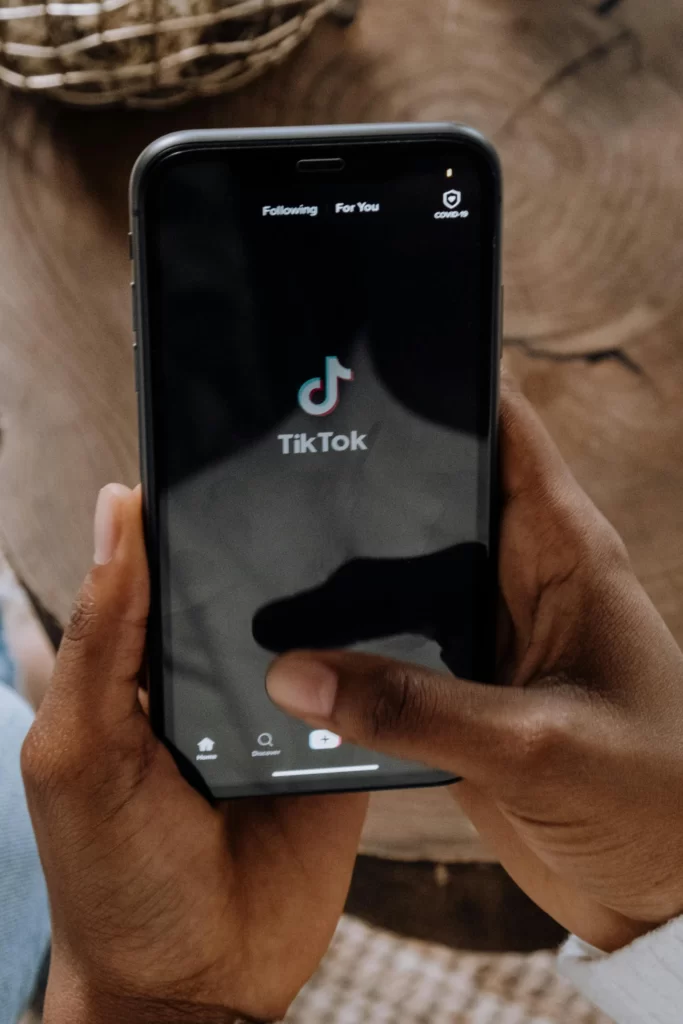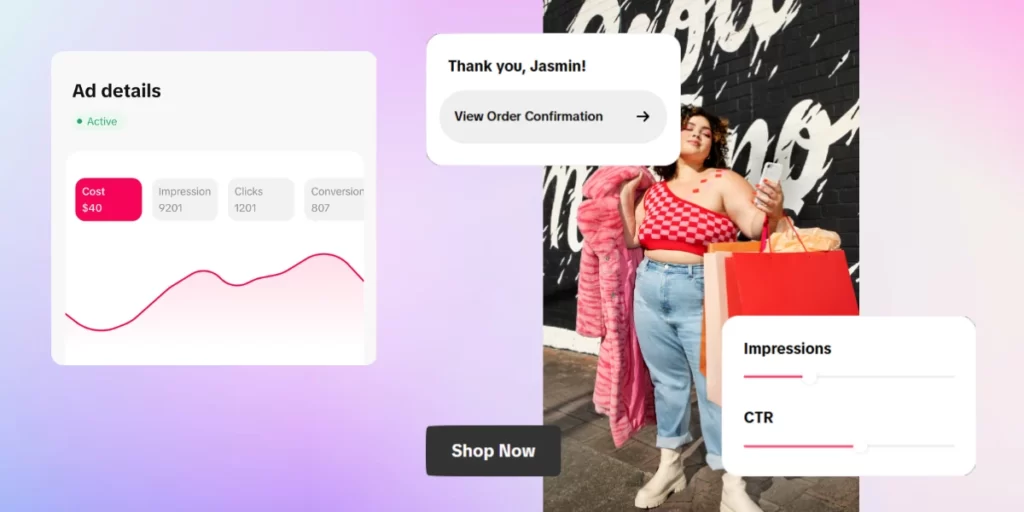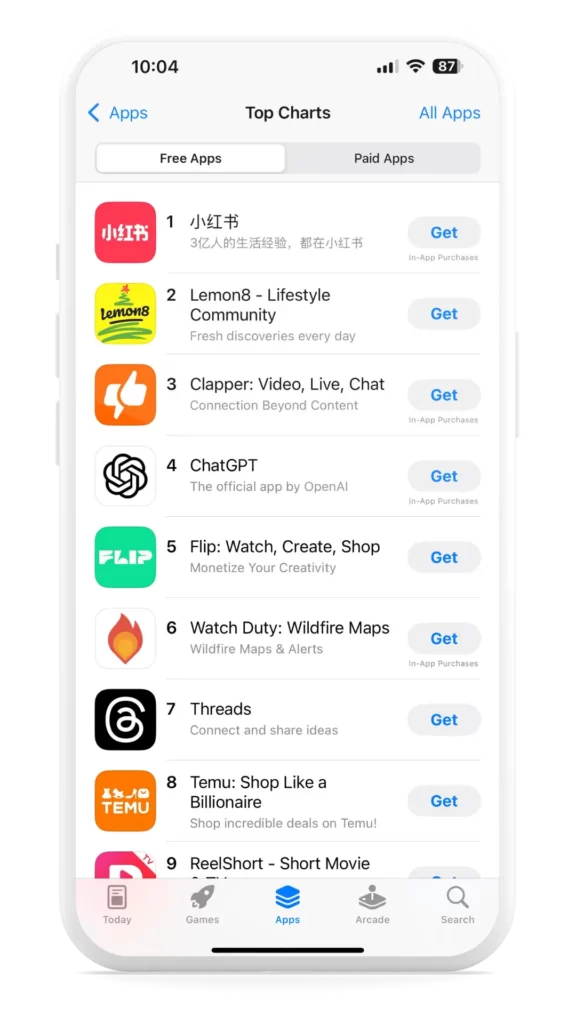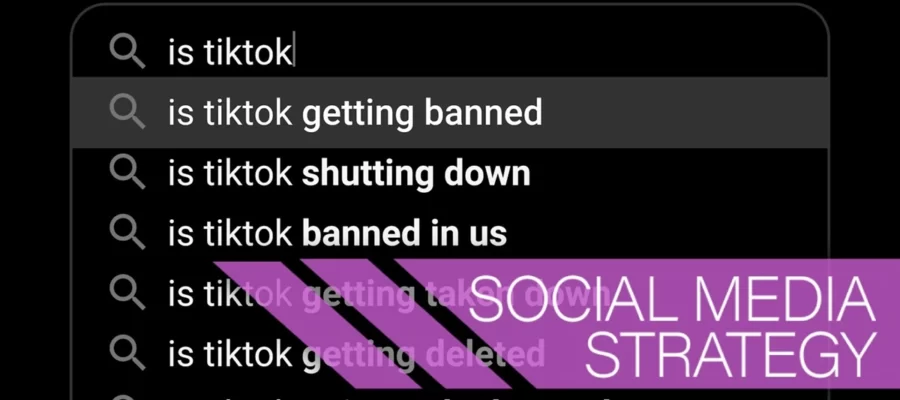TikTok’s ban means the app’s lifespan in the United States is nearing its end. With the Supreme Court seemingly poised to uphold a law that could ban the app in the U.S. unless it’s sold by its Chinese parent company, ByteDance, the popular platform’s future hangs in the balance. The law, passed with bipartisan support and signed by President Biden, is set to take effect on January 19, 2025. This will leave marketers, creators, and brands scrambling for solutions.
Here’s the full scoop on what’s going on, why it matters, and how the marketing world can adapt.
TikTok Ban Updates
January 13, 2025: Massachusetts Sen. Ed Markey pushes to extend the TikTok ban deadline by 270 days.
January 19, 2025: TikTok ban goes into effect and users go dark.
January 19, 2025: Around 8-9am users report that TikTok is working again with the message “As a result of President Trump’s efforts, TikTok is back in the U.S.!”.
January 20, 2025: Newly inaugrated President Trump signs executive order to extend TikTok ban by 75 days.
What’s Behind the TikTok Ban?
At the heart of the TikTok ban are national security concerns. U.S. officials argue that ByteDance could be forced by the Chinese government to hand over sensitive user data or manipulate the content algorithm to spread propaganda.
TikTok’s U.S. lawyers counter that these concerns are speculative. They point out that no evidence has been provided to support such claims. Meanwhile, ByteDance asserts that divesting TikTok is technologically unfeasible under the law’s current timeline.

Under the ban, app stores would have to remove TikTok, and internet hosting services would no longer be allowed to support it. Users who already have the app installed would still have limited access. Over time though, the lack of updates would cause the app to become unstable.
Note: TikTok has announced that users will not be able to access app once ban takes effect.
What’s at Stake for Creators and Brands?
The ban would shake the creator economy, leaving small business owners, influencers, and corporate advertisers facing new challenges. TikTok’s unmatched ability to engage and reach audiences has made it indispensable for many.
The TikTok ban will likely have a more significant impact on small businesses that rely on the platform to reach niche audiences and drive sales through organic and paid content. Particularly if these brands have not previously diversified their social media strategy.

Marketers Brace for TikTok Ban Impacts
TikTok’s unprecedented popularity has made it a go-to treat for marketing strategies. From innovative ad campaigns to impactful influencer partnerships, it has redefined how brands satisfy their audience’s cravings for connection. Its algorithm, designed to surface content based on user interests rather than social connections, offers unique opportunities to reach highly engaged audiences.
But if TikTok disappears, the marketing world won’t crumble. Instead, marketers will need to pivot. Short-form video content is here to stay, with platforms like Instagram Reels, YouTube Shorts, and Pinterest expected to take the lead.
Many brands have already started adjusting their budgets and campaigns to ensure they’re not caught off guard. Agencies are even drafting new contracts with influencers to “swap channels” in case TikTok is banned.
What Can Marketers Do Now?
- Diversify Social Strategies: Brands that rely heavily on TikTok should strengthen their presence on other platforms like Instagram, YouTube, and Pinterest.
- Focus on Creative-First Ads: TikTok’s success is rooted in ads that blend seamlessly with organic content. Applying this strategy across other platforms can help maintain engagement.
- Maximize Search Potential: TikTok has demonstrated how search can drive engagement by aligning content with what users want. Marketers can use this approach on platforms like Pinterest, which thrives on high-intent searches for products and inspiration.
- Back Up Your Content: If you haven’t already, take note of your TikTok content. Download videos, save captions, and document any important metrics or analytics. This sets you up to not lose valuable assets, which you can later repurpose for other platforms.
At cyberlicious®, we have never used TikTok in our strategies or urged our clients to do so. Our approach prioritizes platform-agnostic solutions that align with client goals, ensuring adaptability no matter where their brand needs take them.
Emerging Trends: A New Flavor for Social Media
Are we seeing the epitome of pettiness? Many TikTok users and brands have expressed frustration and disappointment with the Supreme Court’s decision to pursue a ban. Adding fuel to the fire, Meta CEO Mark Zuckerberg has been a vocal supporter of the ban, a stance that hasn’t gone unnoticed by critics. This, coupled with Meta’s recent moves to remove fact-checking and introduce policy changes, has sparked calls for boycotts of Meta platforms in protest.
So, where are users going? As of now, there have been a large number of TikTok users migrating to alternative apps like Xiaohongshu (known as RedNote in the U.S.) and Lemon8. RedNote, a Chinese social media app, has surged to the top of the Apple App Store as these users search for a new home to share their content.

Interestingly, this migration has created an organic recipe for cultural exchange, with American and Chinese users sharing tips, ideas, and even tutorials to bridge language gaps. Additionally, Lemon8’s rising popularity, despite its connection to ByteDance, raises questions about whether similar apps could face the same scrutiny as TikTok.
Will a New Platform Be Created?
The uncertainty surrounding TikTok’s future begs the question: Will a new platform emerge to fill the gap? History has shown that social media evolves rapidly, and a TikTok ban could spark innovation.
Entrepreneurs may seize the opportunity to create a platform that mimics TikTok’s strengths while addressing concerns about data security and ownership. If so, it could sprinkle some sweetness back into social media. Or will users follow current trends and bounce from app to app in search of a new home?
Key Takeaways for Marketers
- Be Adaptable: Social media changes quickly. From the rise of Vine to the transformation of Twitter into X, platforms evolve, and marketers must stay flexible.
- Monitor Behavior Shifts: If TikTok disappears, users will migrate elsewhere. Keep an eye on where your target audience goes and adjust your strategy accordingly.
- Prepare for Multi-Platform Campaigns: Make sure your brand’s content works across multiple platforms to minimize disruptions.
A cyberlicious® Perspective
While the TikTok ban leaves a sour taste for many, it’s also an opportunity to explore new social media platforms and strategies. As marketers, it’s our job to find the sweet spots, whether that’s mastering Reels, building Pinterest boards, or tapping into new platforms that are created.
So, let’s keep our strategies adaptable, our content authentic, and our campaigns as sweet as can be. After all, there’s always a new treat waiting to be unwrapped—what could yours be?

